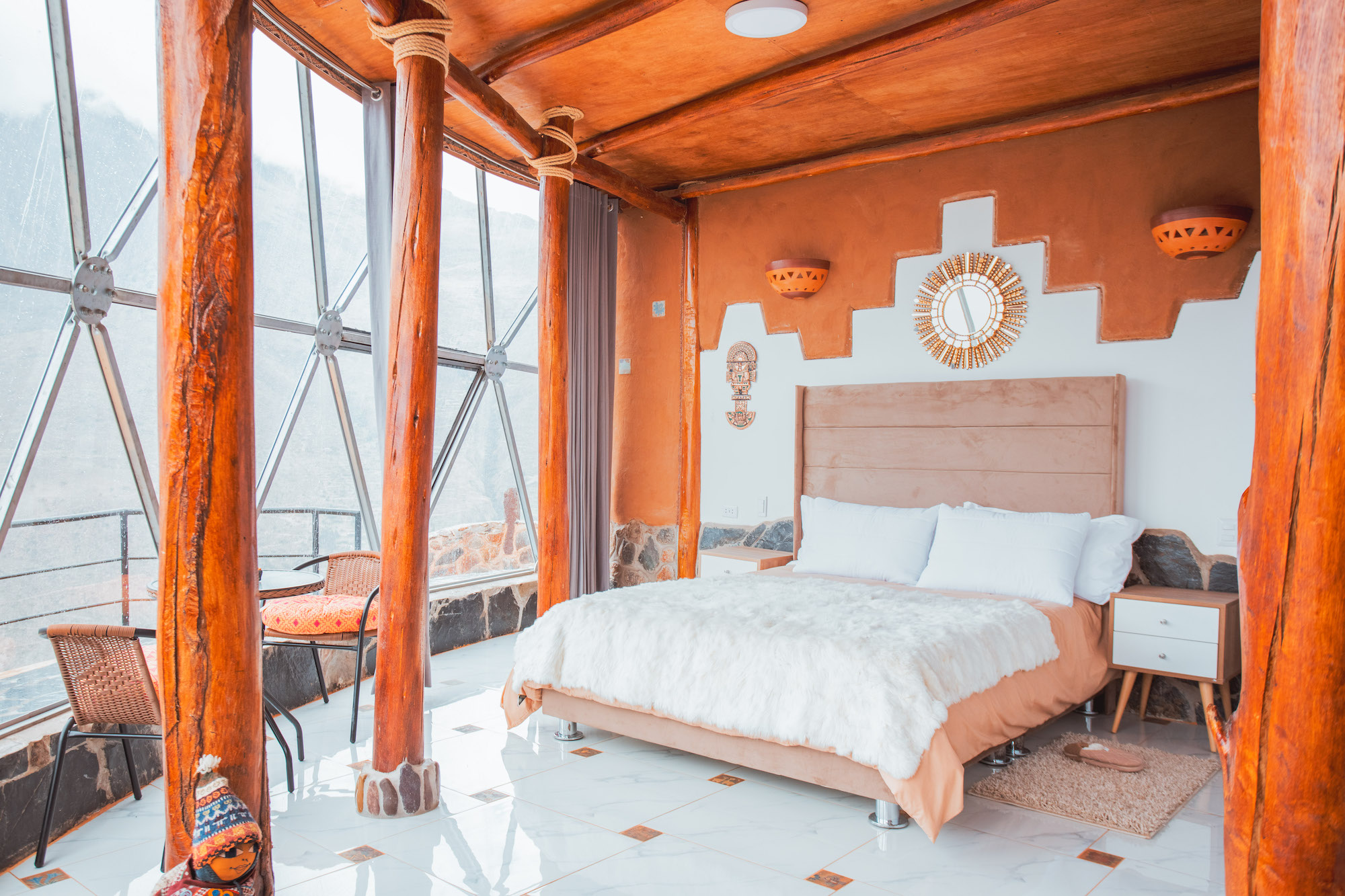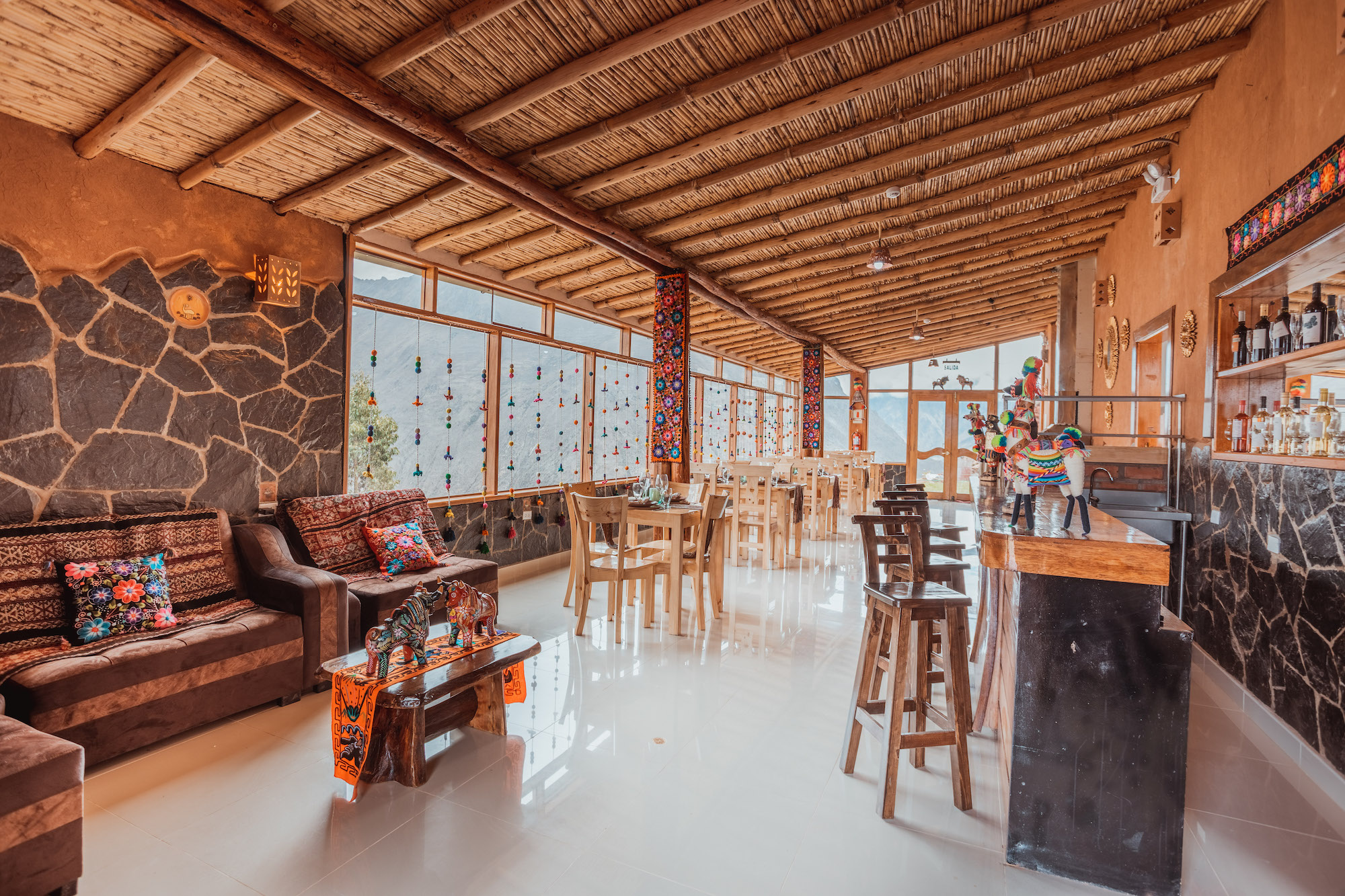
Coastal Peruvian resort 3 hours from Lima opens under Hyatt brand
Hyatt Hotels Corporation and El Pardo Hospitality have announced the debut of The Legend Paracas Resort, joining the Destination by Hyatt brand. The 124-suite resort invites guests and World of Hyatt members to discover the natural wonders and historical legacy of Paracas, located on the coast of Peru, about three hours south of Lima.
The resort is nestled between the Paracas Nature Reserve and the Pacific Ocean, offering panoramic views of the Paracas Bay and desert hills, designed to be a place of immersive discovery, authentic design and warm, welcoming service.
The opening unveils a fully renovated reception desk and lobby, along with a number of enhancements designed to enrich the guest experience. The resort now offers a covered parking garage with two EV (electric vehicle) chargers and a redesigned restaurant and bar inspired by the Paracas culture that evokes the connection between the desert and the sea.


Guestrooms with a view
The Legend Paracas Resort is comprised of 124 two-room suites, each equipped with private balconies or terraces that unveil stunning ocean, garden or pool views and deliver an experience that ensure guests feel right at home.
The guestroom design reflects the natural beauty of the Paracas National Reserve, drawing inspiration from the natural wonders and historical legacy of the region, using wood and natural fabrics. Each suite includes a communal living room with a sofa bed, TV and desk, a kitchenette with a microwave, coffee maker, tea kettle and minibar, and guestroom have a terrace on the first floor or balcony on the second.
Also worth noting is the property’s spa, which offers a variety of special services such as body massages, milk baths, scrubs, body wraps and whirlpools. Other amenities include a well-equipped fitness centre and a pool overlooking the ocean.
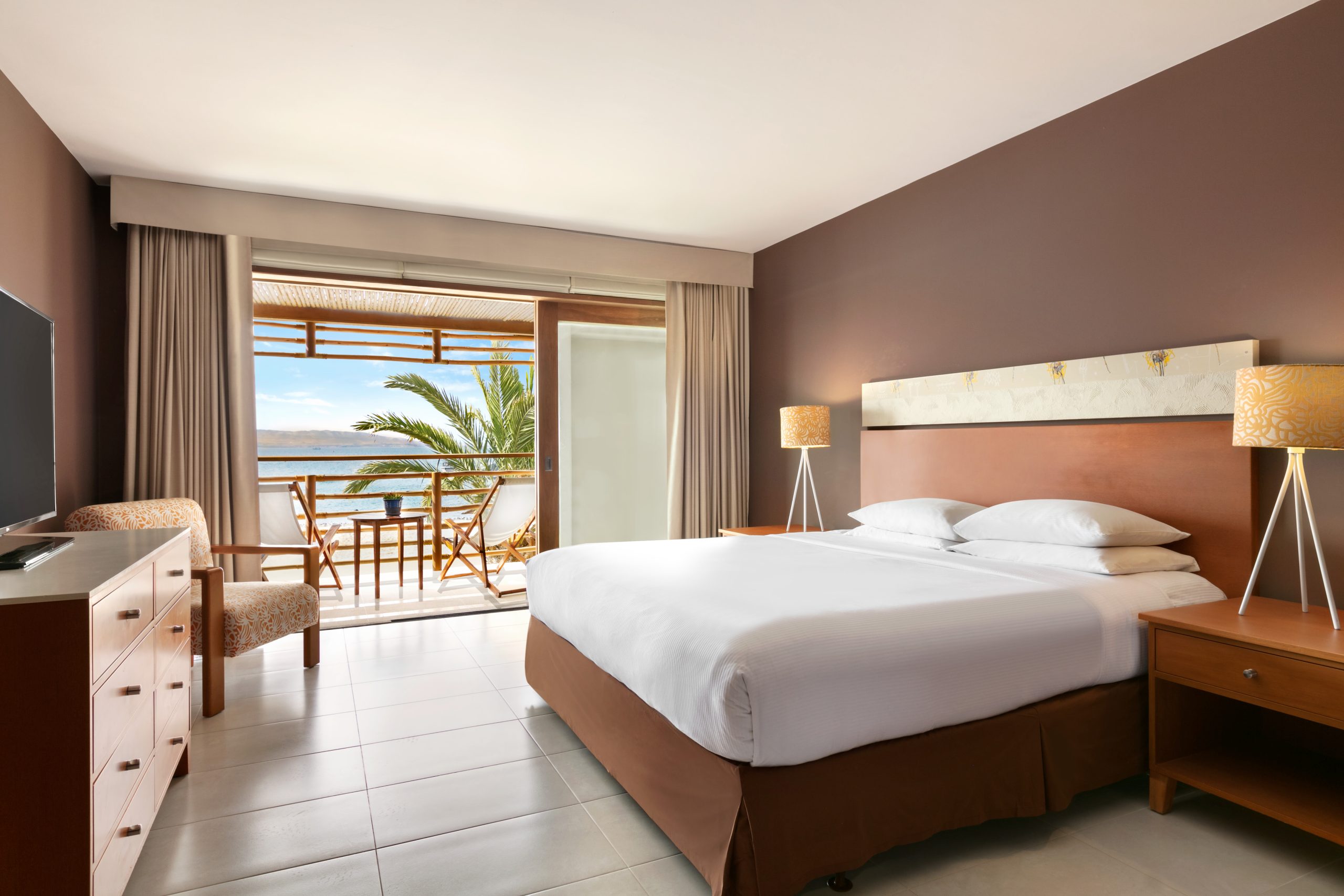
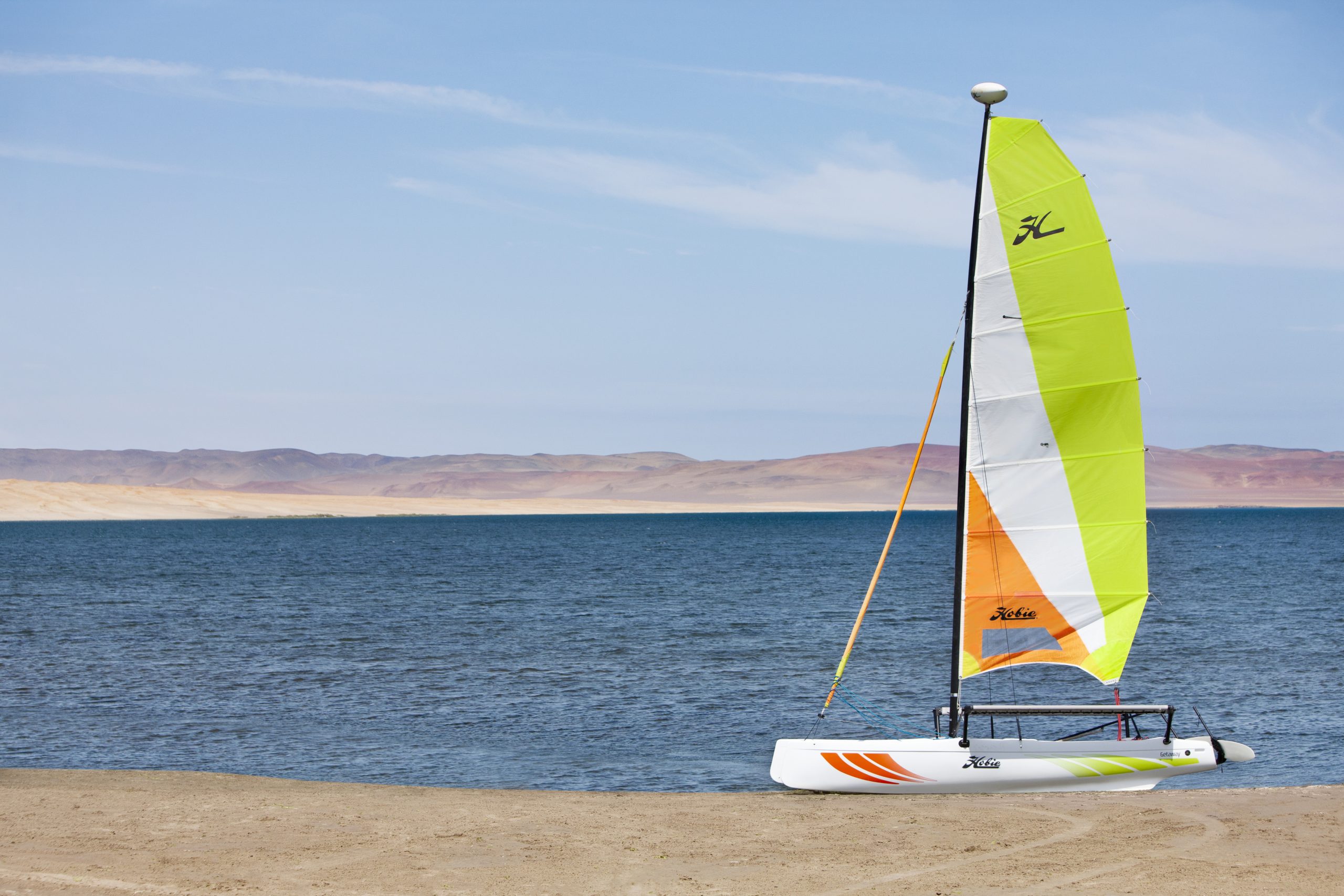
For more information on the Legend Paracas, click here.

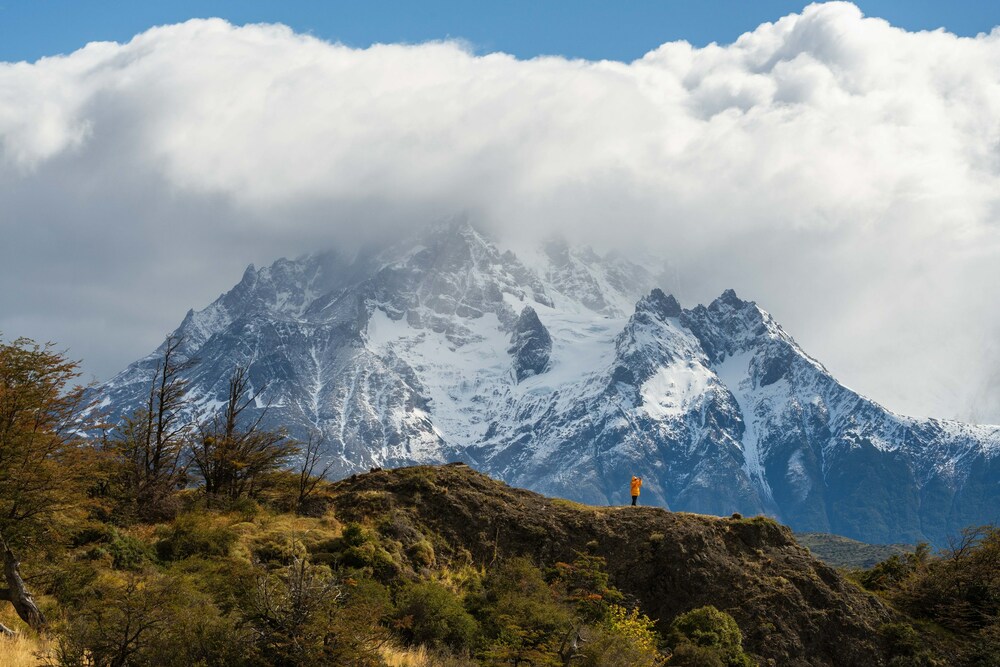
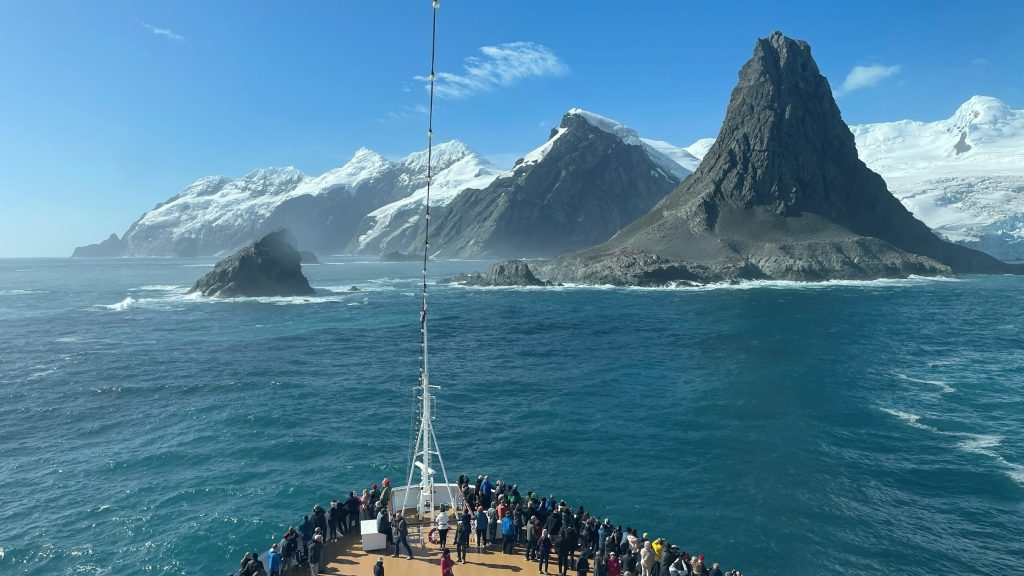
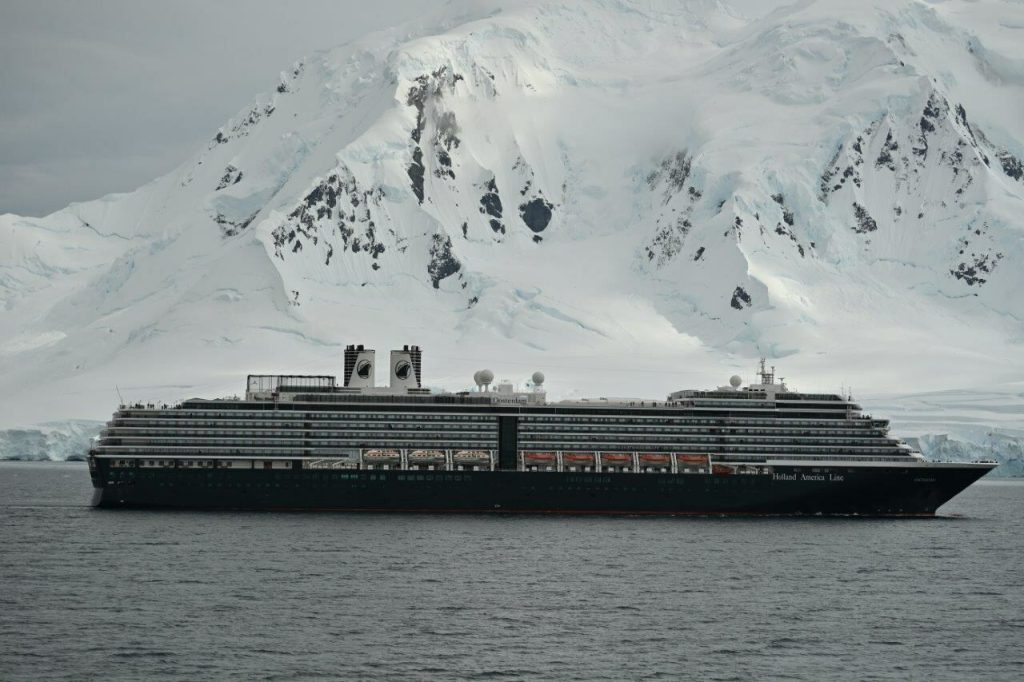
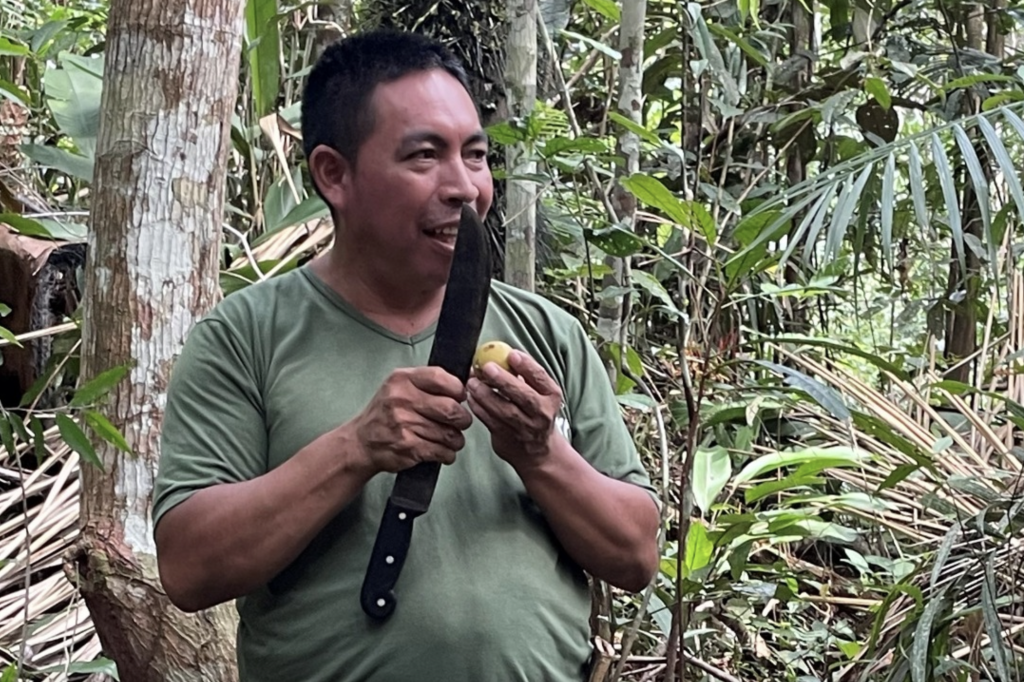
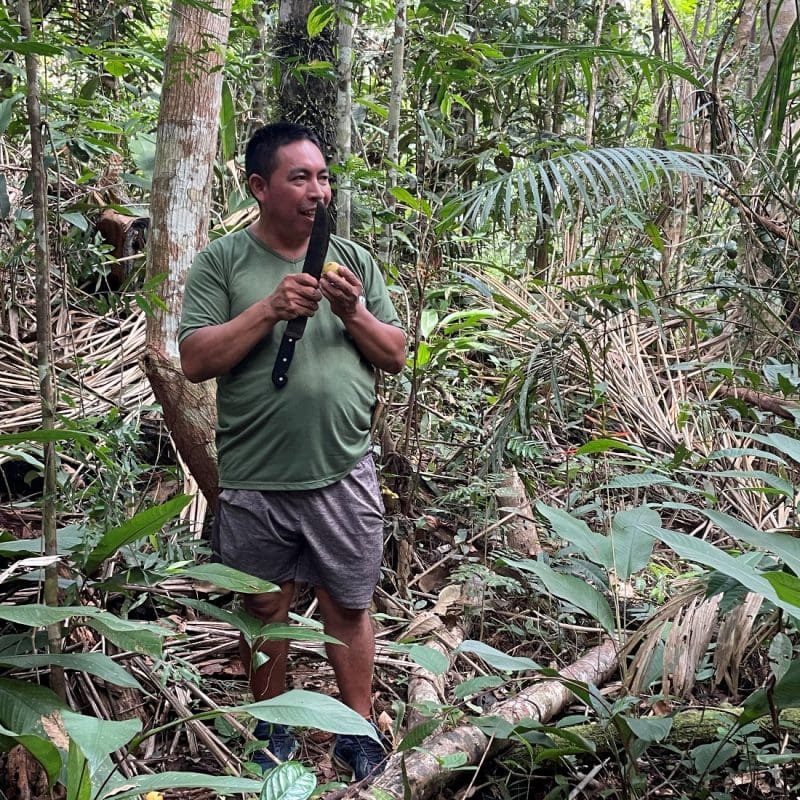
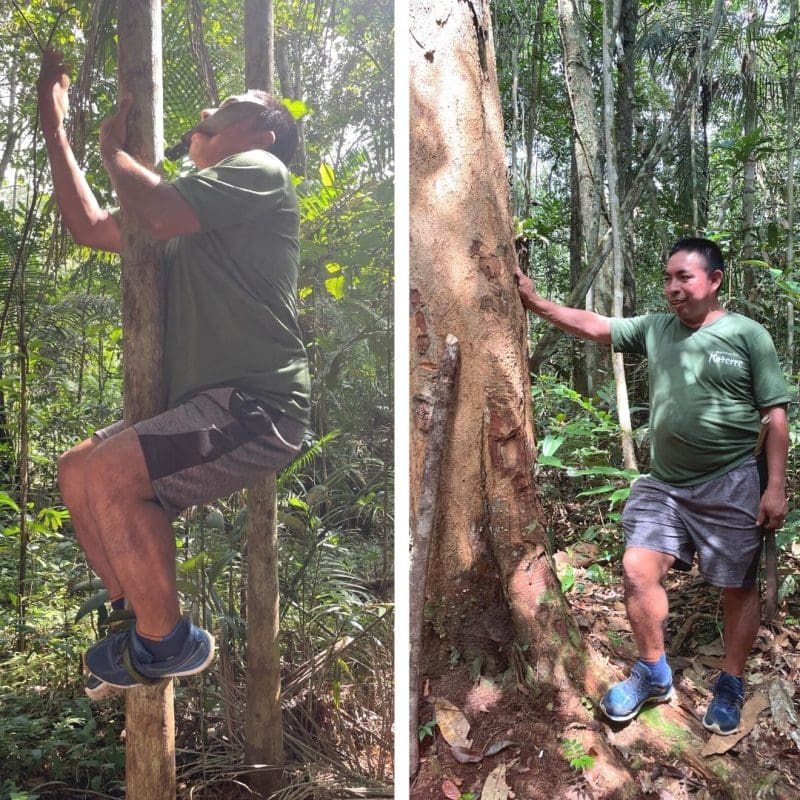
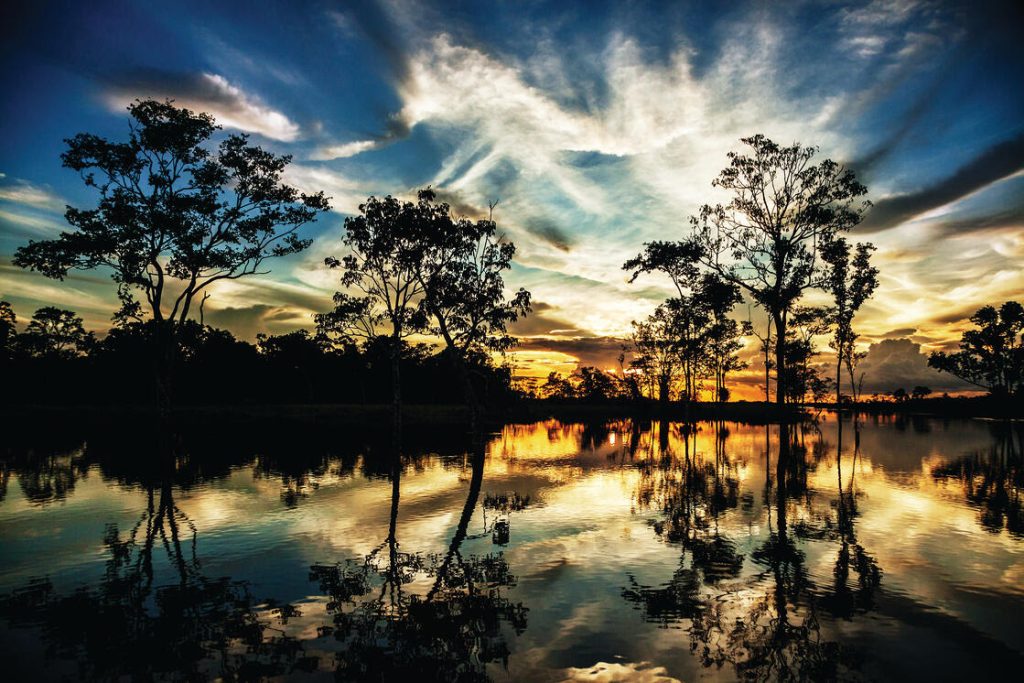
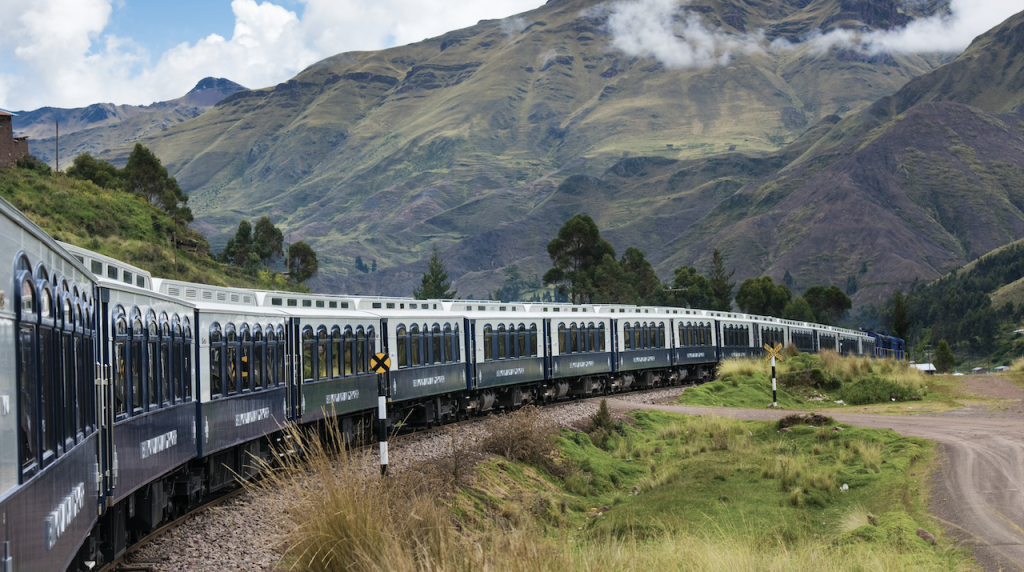
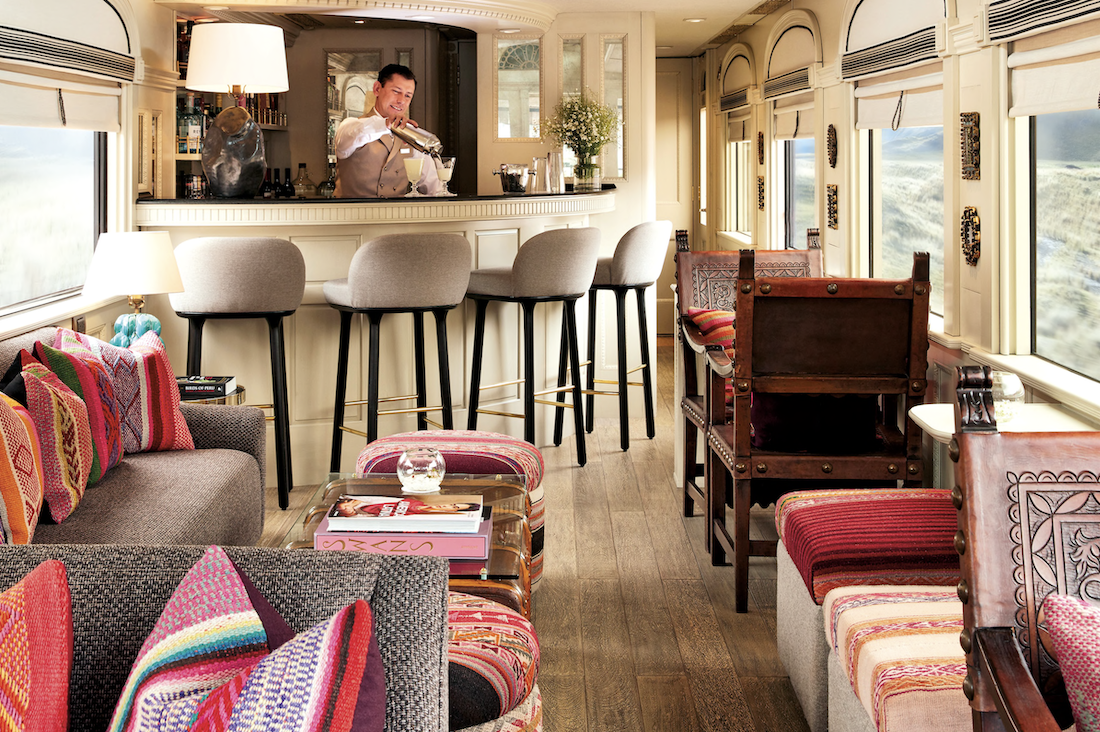

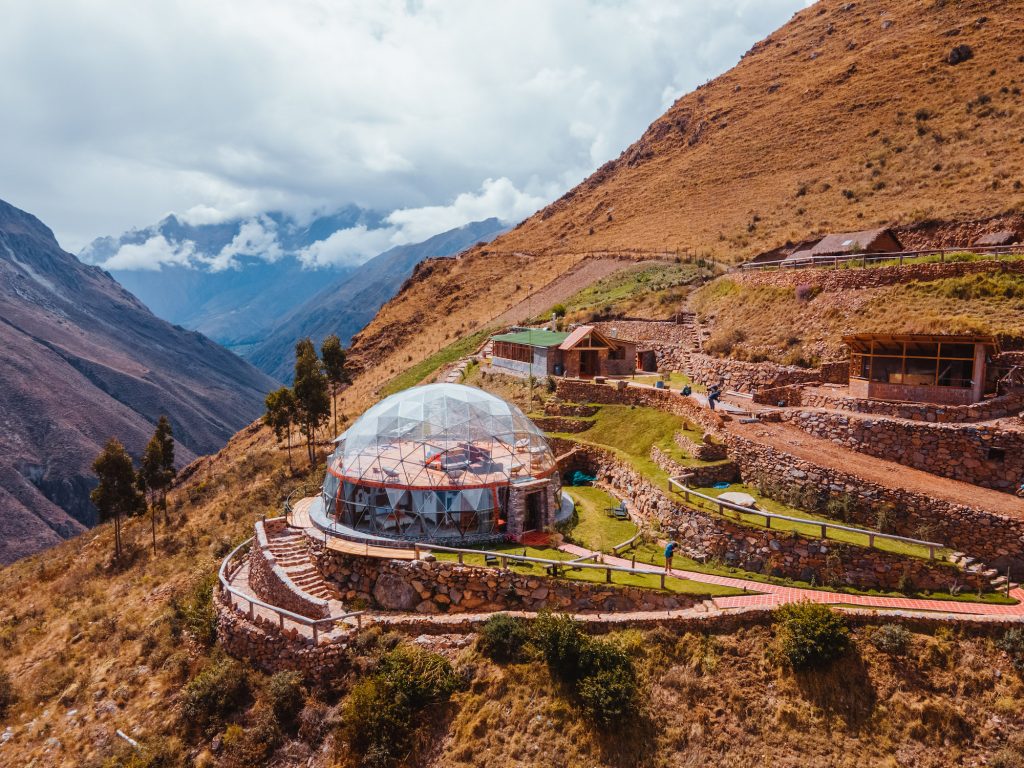
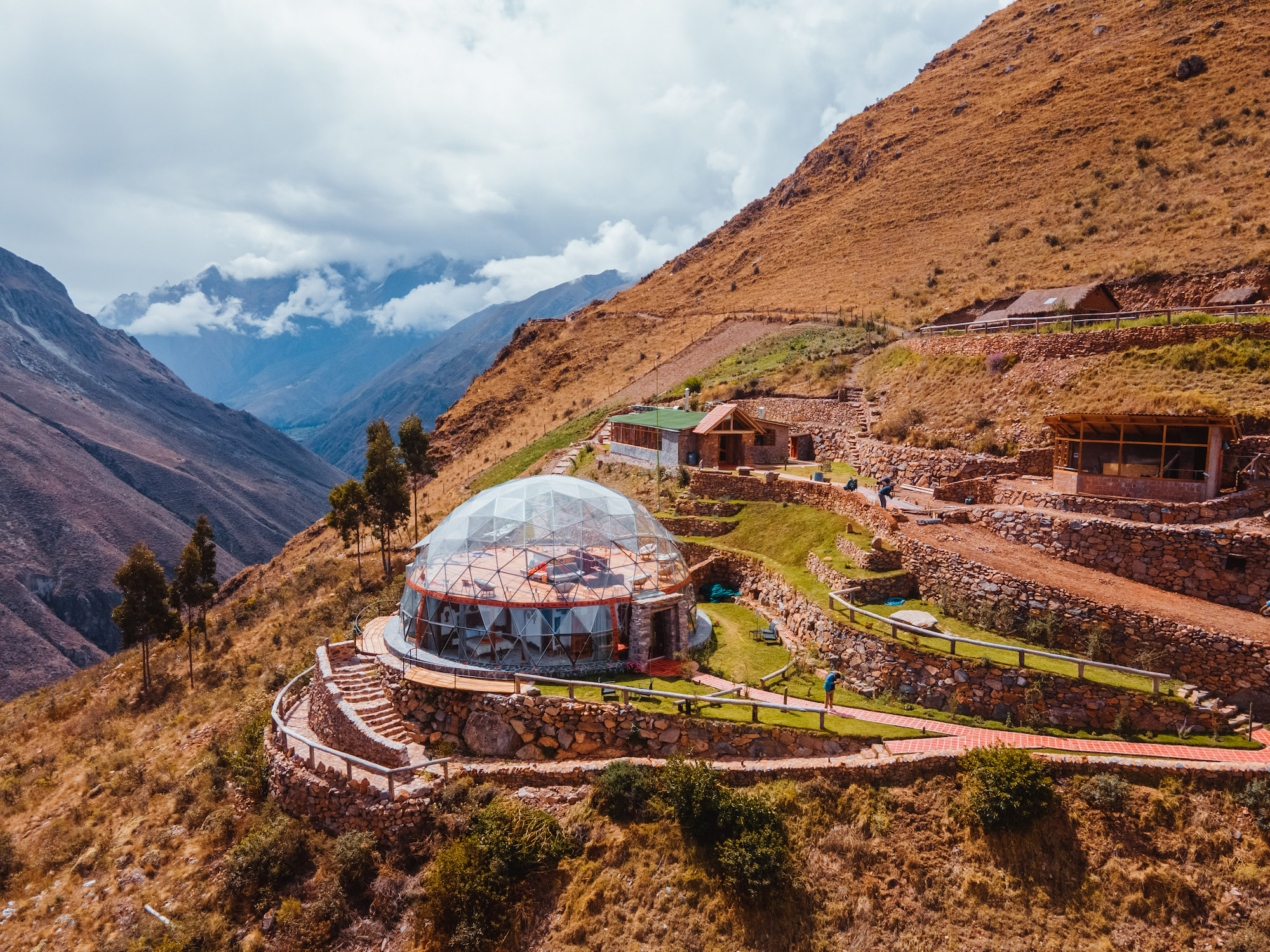 With prime location and deep local roots, StarDome Peru serves as a gateway to the region and is passionate about providing native cultural experiences, nature immersions and spiritual encounters for those seeking not just to travel, but to heal. StarDome Peru’s structure is that of a geodesic dome where the bottom floor offers access to five guest suites and the top floor offers the unique and immersive StarDeck — the heart of the property. Floor-to-ceiling glass walls, 360 degree views and a telescope allow for guests to feel like they are one with the sky. The space is built for lounging, stargazing or hosting events. Guests can choose from six accommodation options.
With prime location and deep local roots, StarDome Peru serves as a gateway to the region and is passionate about providing native cultural experiences, nature immersions and spiritual encounters for those seeking not just to travel, but to heal. StarDome Peru’s structure is that of a geodesic dome where the bottom floor offers access to five guest suites and the top floor offers the unique and immersive StarDeck — the heart of the property. Floor-to-ceiling glass walls, 360 degree views and a telescope allow for guests to feel like they are one with the sky. The space is built for lounging, stargazing or hosting events. Guests can choose from six accommodation options.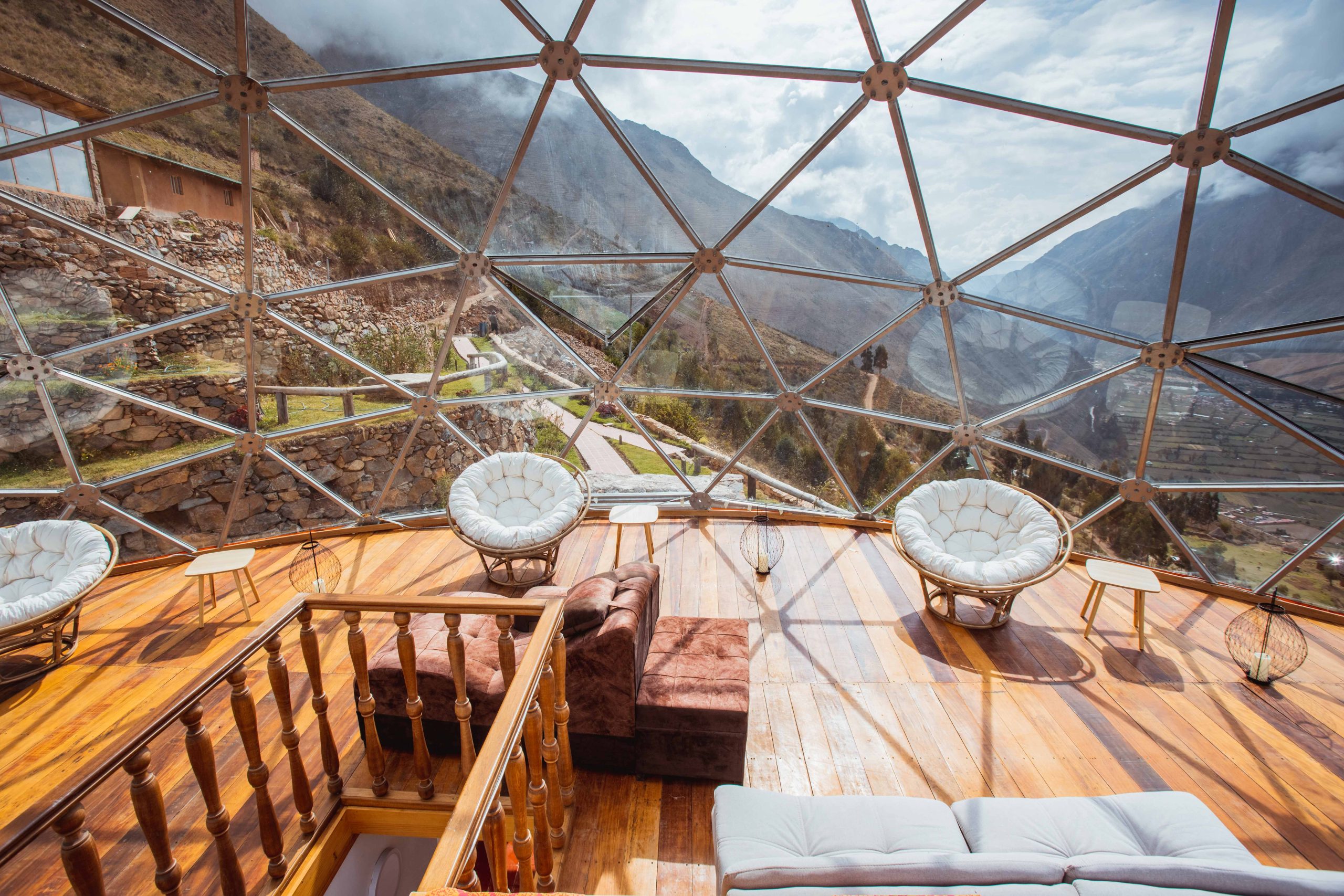 Within the StarDome guests can choose from five suites: the Garden Mountain, Garden Valley, one of two Sacred Valley Suites and the owner’s personal hideout, the Royal Mountain Suite. Inspired by traditional Incan decor and construction, all of the suites include heated marble floors, a private stone shower, traditional Inca-inspired tiling by world-renowned Peruvian ceramic artist Seminario, queen-sized beds, handmade blankets and hotel-like amenities.
Within the StarDome guests can choose from five suites: the Garden Mountain, Garden Valley, one of two Sacred Valley Suites and the owner’s personal hideout, the Royal Mountain Suite. Inspired by traditional Incan decor and construction, all of the suites include heated marble floors, a private stone shower, traditional Inca-inspired tiling by world-renowned Peruvian ceramic artist Seminario, queen-sized beds, handmade blankets and hotel-like amenities.